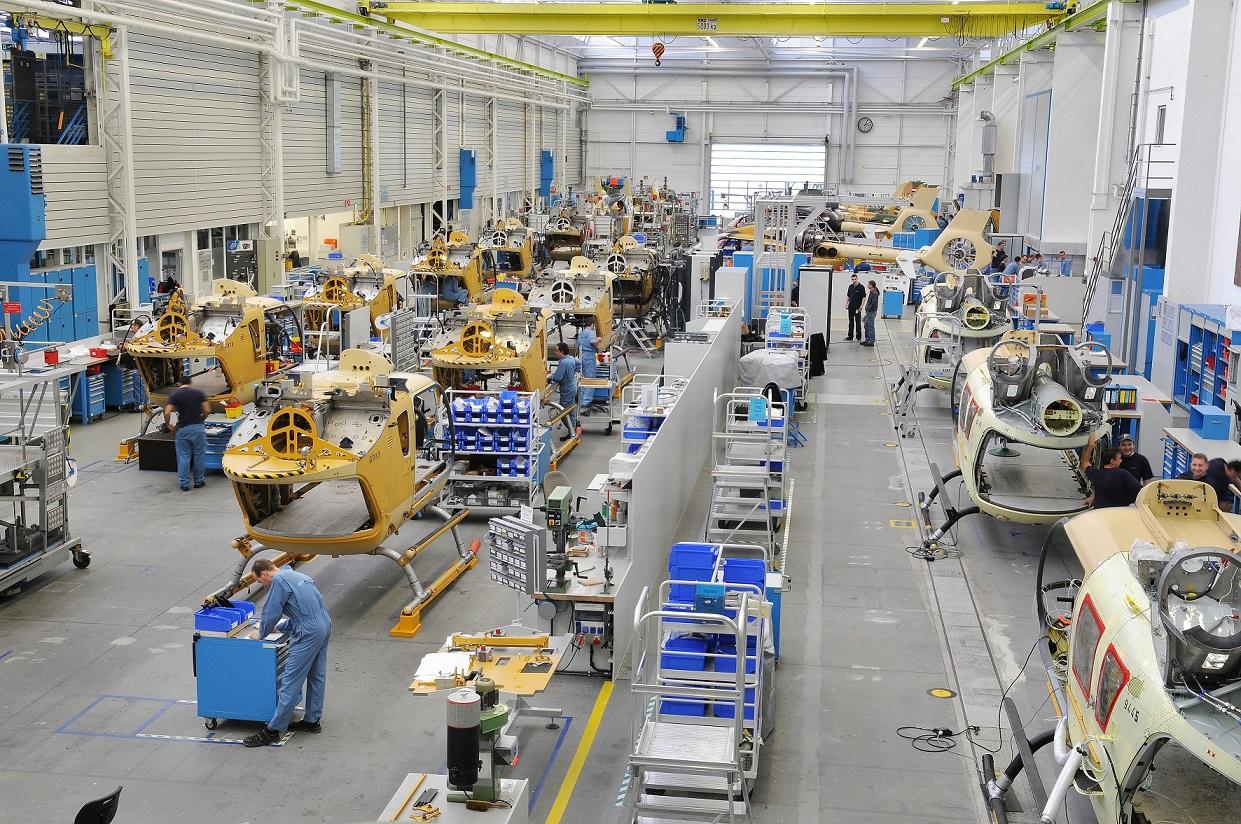Airbus Helicopters has announced the start of construction work on the H135 final assembly line in Qingdao, Shandong Province. The first aircraft roll-out is planned for 2019.
Airbus Helicopters reports that construction work has started on the H135 final assembly line (FAL) in China, the first of its kind for a Western helicopter manufacturer. The project marks another step forward in Airbus Group’s strategic partnership with China, where the company already operates an FAL for the A320 family along with an A330 completion and delivery centre.
The H135 FAL will be located in Qingdao, Shandong Province, eastern China, and construction is expected to be completed by 2018. A framework agreement signed in June 2016 calls for 100 H135s to be assembled over the next 10 years, and the first aircraft roll-out from Qingdao is planned for mid-2019. The FAL will have a total annual capacity of 18 H135 helicopters, which could be extended for future growth.
The new facility, located in Jimo Provincial Hi-Tech Industrial Development Zone, will be jointly operated by Airbus Helicopters and Qingdao United General Aviation Company Limited (UGAC), a joint venture between China Aviation Supplies Holding Company (CAS) and Qingdao United General Aviation Industrial Development Company Limited (UGA). Following the joint venture agreement signed in April of this year, Airbus Helicopters holds a majority share of 51%.
The H135 light twin-engine helicopter has sold well in China, mainly operating in helicopter emergency medical services (HEMS), search and rescue, law enforcement, firefighting and tourism.
For the first time in 2016, China became Airbus Helicopters’ largest civil market in terms of annual bookings. Given the rapid development of the HEMS, public services and offshore wind industry in the country, the company sees a potential demand of 600 light twin-engine helicopters over the next two decades.

